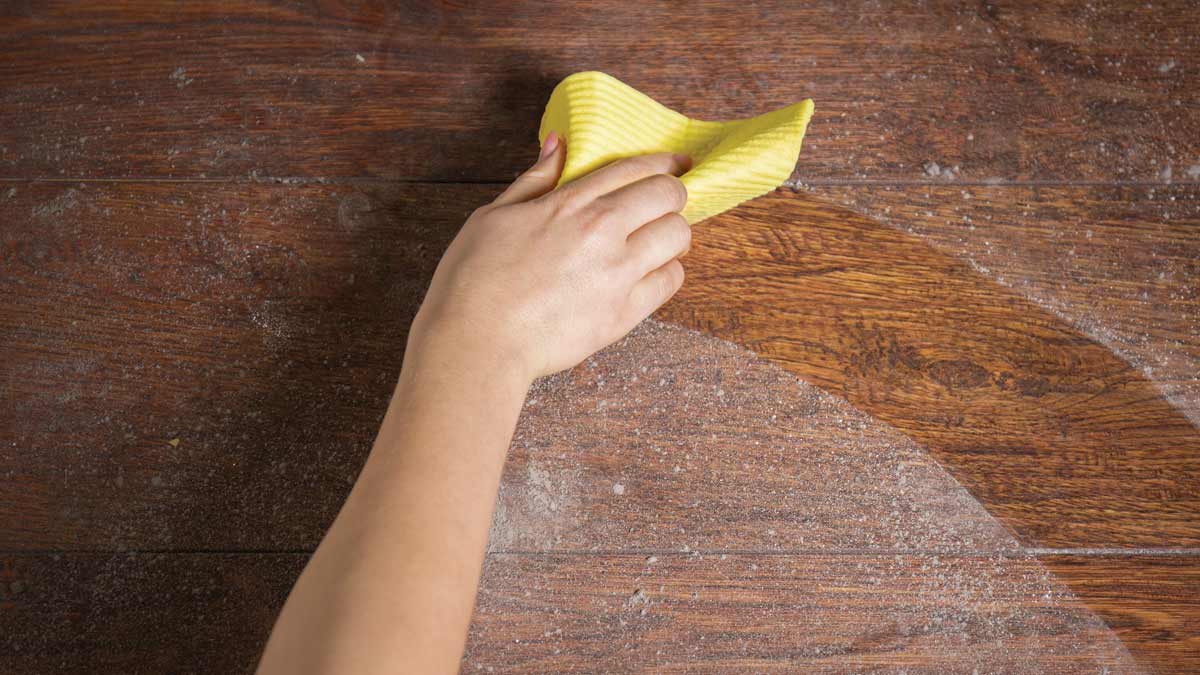
It’s hard to document exactly how exposure to the range of chemicals in dust affects health, says Andrea Gore, PhD, a professor of pharmacology and toxicology at the University of Texas at Austin. But, she says, exposure to some of the hazardous compounds in dust over time has been linked to “complex, age-related problems” such as diabetes and Parkinson’s disease.
Lead and other heavy metals can have particularly pernicious effects on children, causing neurological damage and contributing to learning and behavioral disorders. Certain PFAS have been connected to some cancers, diminished immune function, thyroid problems, and liver disease. Phthalates are linked to reproductive problems. Microplastics and nanoplastics that are consumed or inhaled are associated with cardiovascular problems, inflammatory bowel disease, and other potential health risks. Flame retardants may affect development in children and have been linked to reproductive issues and increased cancer risk.
Ingested dust particles can lead to chemicals being absorbed through the gut, where they can get absorbed into our body tissue, Matsui says. The tiniest particles, which are associated with cardiovascular disease, can go deep into the lungs and cross into the bloodstream. Any inhaled particles can also trigger breathing problems like asthma in people of any age. Indeed, air pollution—including not only the contaminants we are exposed to while outdoors but also those that are in our homes—is linked to millions of deaths worldwide each year.
Where you live matters, too. People exposed to more dust and more pollution both indoors and out face a higher risk of health problems, Matsui says. So dust and indoor air pollution are a particular concern for people who live where wildfires are common, as well as those exposed to industrial pollution.
In the U.S., those effects are often felt most acutely in low-income and marginalized communities both because of their proximity to sources of outdoor air pollution and because their housing is likely to have worse air circulation due to a lack of central air conditioning and other factors, according to a National Academies of Science report that Matsui co-produced.
Though the quality of the air where you live may be out of your control, you can reduce the risks posed by dust in your home with some planning and smart choices. For example, the EWG’s Stoiber and colleagues found that after a California law went into effect limiting the use of flame retardant chemicals in furniture, households that switched to furniture that was compliant with the new law saw flame retardant levels in their dust go down. After six months, concentrations of some types of flame retardants fell by roughly 50 percent.
Other steps that can help reduce dust in your home include becoming a shoes-off household, strategically using dehumidifiers and air purifiers, and choosing the right vacuum cleaner and other tools to rein in dust.
The combined effect of many small steps can yield substantial health benefits, according to the report from the National Academies of Science.









